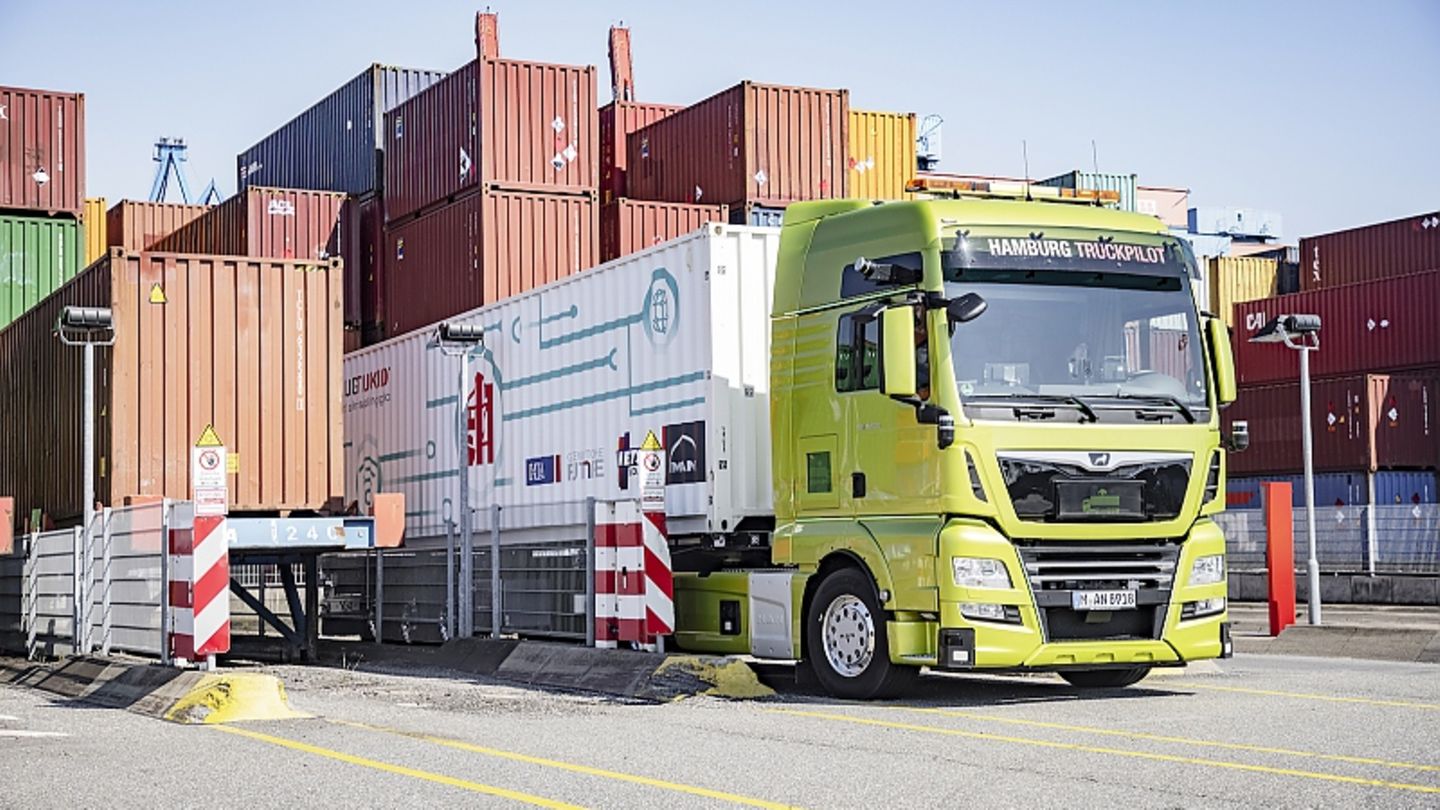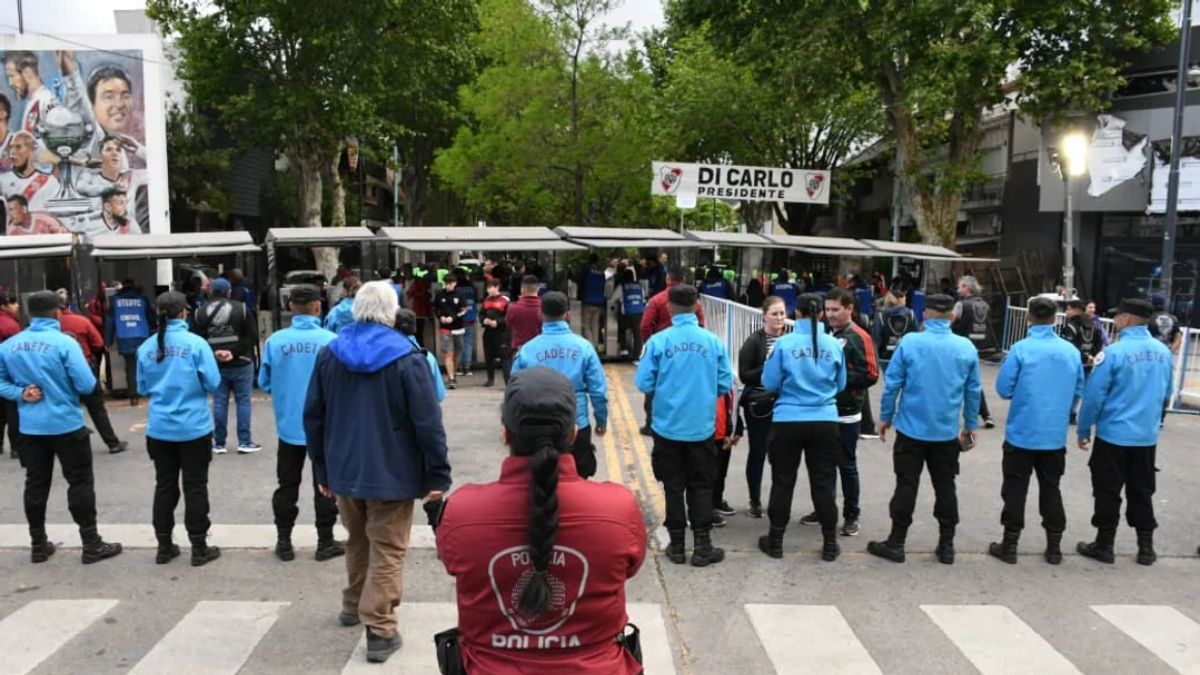One of the biggest problems with electromobility is the slow pace of recharging. The Technical University of Munich is working on a new technology that will revolutionize reloading especially for trucks.
By the year 2030, the federal government wants to reduce carbon dioxide emissions by 65 percent compared to the reference year 1990. The researchers at the Technical University of Munich are working with partners from industry and research on prototypes of a truck with an electric drive and a corresponding fast charging station. “Freight traffic on the roads is responsible for more than a third of national greenhouse gas emissions,” explains Sebastian Wolff from the Chair of Vehicle Technology at TUM. So that CO2 emissions can be reduced by 65 percent as desired by 2030, new concepts for trucks are inevitable.
In the NEFTON project, which is funded by the Federal Ministry of Economics, engineers from research and industry are developing the prototype of a truck with an electric drive and a corresponding charging station that can recharge particularly quickly. Companies such as MAN Truck & Bus, AVL Software and Functions GmbH, PRETTL Electronics GmbH, the Research Center for Energy Economics, the Deggendorf University of Technology and the Technical University of Munich are involved in the NEFTON project (commercial vehicle electrification for the transport sector-optimized network connection). The first prototypes are already on the road, as the goal is to be able to cover 500 kilometers or more per day in long-distance haulage with a truck. While truck drivers usually only have to refuel once a week today, the electric truck has to pick up new energy at the charging station at least once a day. It is not enough to recharge the battery overnight, as in a car, since downtimes are particularly expensive with a truck and therefore the shortest possible charging time is essential for the economic success of the commercial model (TCO).
At best, the electric truck should be able to be recharged at different locations during the day, for example when it is standing at a loading ramp or waiting for the next delivery. “Our goal is to develop solutions that can be implemented economically and promptly,” says Sebastian Wolff, “using technology that is already available. But that has not yet been used in this combination.” In order to enable the batteries to be charged particularly quickly, a speed of up to one megawatt makes sense. The development of the so-called Megawatt Charging System is a challenge in various respects. The costs for a corresponding network connection service are currently particularly high. The solution could be a stationary buffer storage that can variably compensate for the lower connected load. Another problem are the batteries in the truck themselves, which have to be cooled as much as possible with such a high charging power. “We will probably first use water cooling for the battery, cables and connectors,” explains Sebastian Wolff.
The new system also contributes to sustainability and the energy transition in another aspect, because the charging stations work bidirectionally. This means that the trucks can act as storage for renewable energies if they are left in the forwarder’s parking lot for a longer period of time. For example, for electricity generated by wind turbines but not used by households at night. “Because of the higher storage capacity, this concept can be much more attractive and economical for trucks than for an electric car, for example,” says Wolff, who emphasizes that the truck of the future will not look much different from current diesel models Present the solutions. The advantage of the trucks is that they have a modular structure. This means that serial production of the electric trucks can take place in the previous production facilities. “
I am a 24-year-old writer and journalist who has been working in the news industry for the past two years. I write primarily about market news, so if you’re looking for insights into what’s going on in the stock market or economic indicators, you’ve come to the right place. I also dabble in writing articles on lifestyle trends and pop culture news.




